EXPLORE THE DIVERSE AND BREATH TAKING TOURISTS SITES ACROSS NORTH AFRICA
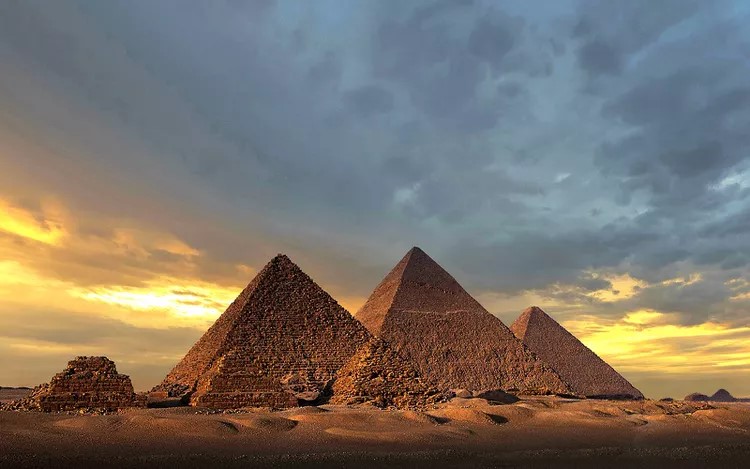
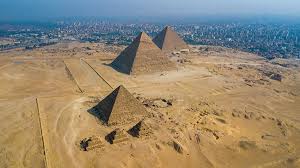
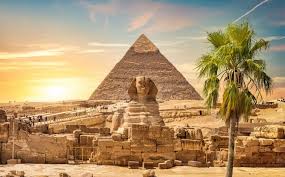
The iconic pyramids of Giza are one of the seven wonders of Africa
PYRAMIDS OF GIZA AND SPHINX:
The Pyramids of Giza is located in EGYPT and the Great Sphinx are among the most iconic monuments of ancient Egypt, reflecting the civilization's architectural prowess and religious beliefs.
Located on the Giza Plateau near Cairo, the Pyramids of Giza were constructed during Egypt's Fourth Dynasty (circa 2575–c. 2465 BCE). The complex comprises three primary pyramids:
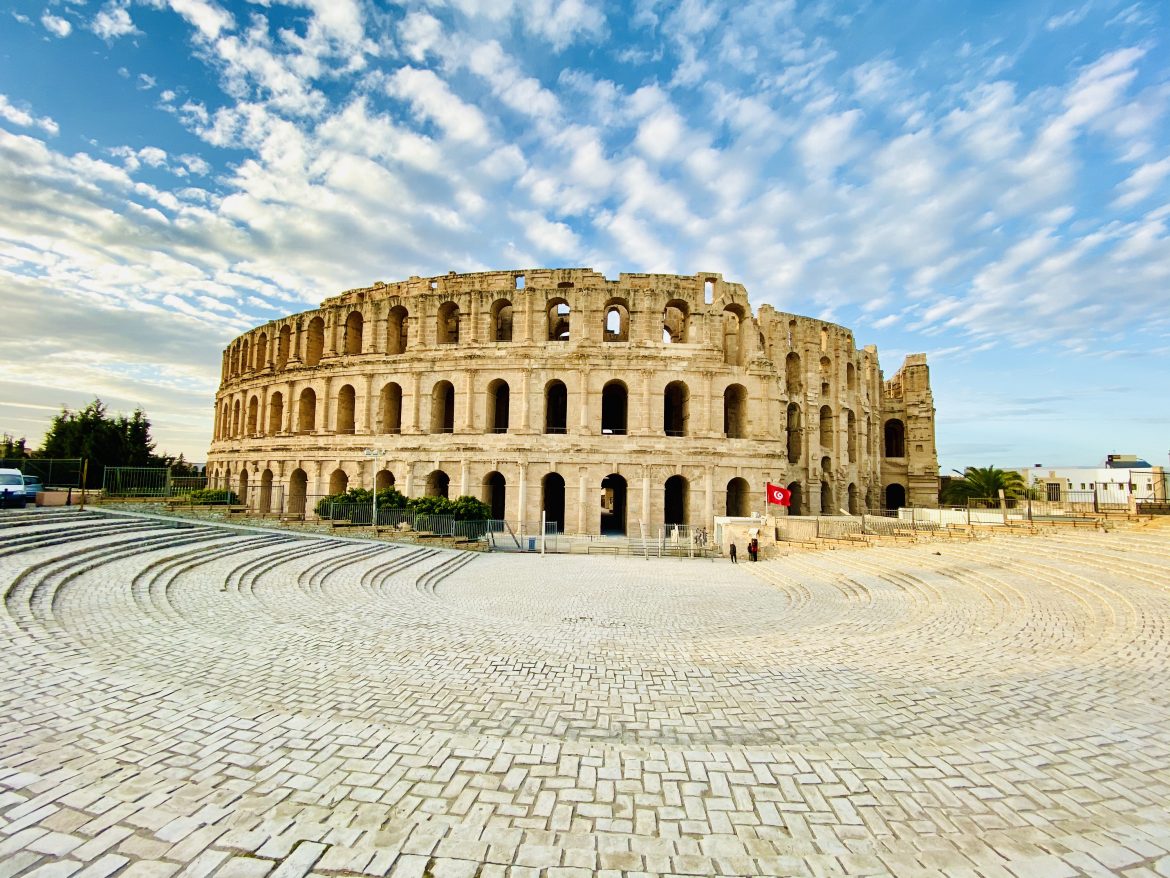
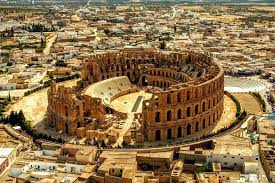
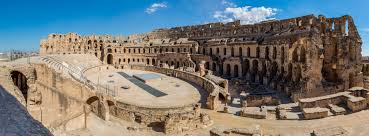
The El Djem Amphitheatre:
located in the modern-day city of El Djem in Tunisia, stands as a remarkable testament to Roman engineering and architecture. Constructed around 238 AD in the Roman city of Thysdrus, it is among the best-preserved Roman amphitheaters in the world and a UNESCO World Heritage site since 1979.
CONSTRUCTION AQND DESIGN
Built entirely of stone blocks without foundations, the amphitheater measures approximately 148 meters in length, 122 meters in width, and 36 meters in height, with an estimated capacity of 35,000 spectators. Its design closely mirrors that of the Colosseum in Rome, featuring a three-tiered structure with a central arena and underground chambers.
HISTORICAL SIGNIFICANCE
In the Middle Ages, the amphitheater served as a fortress, providing shelter during attacks by the Vandals in 430 and the Arabs in 647. During the 18th and 19th centuries, it was repurposed for various uses, including saltpetre production and as a site for shops, dwellings, and grain storage.
CULTURAL IMPART
The El Djem Amphitheater has been featured in films such as "Monty Python's Life of Brian" and the television series "Long Way Down." Its enduring presence continues to attract visitors worldwide, offering a glimpse into the grandeur of ancient Roman entertainment venues.
Today, the amphitheater stands as a monumental symbol of Tunisia's rich historical tapestry, reflecting the legacy of Roman influence in North Africa.
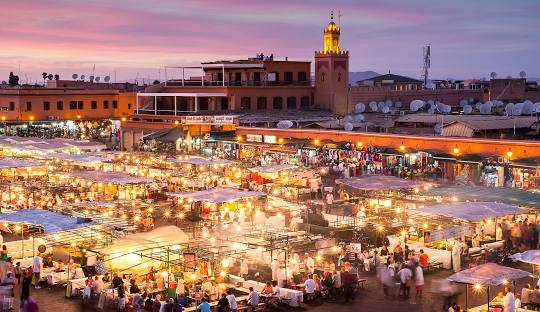
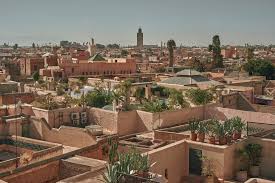
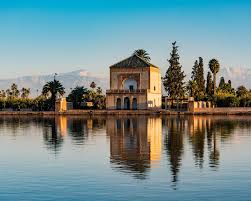
MARRAKECH (Jemaa el-Fnaa & Medina)
Marrakech, one of Morocco's most vibrant cities, boasts a rich history centered around its Medina and the iconic Jemaa el-Fnaa square.
Founding and Early Development
Marrakech was established in 1070 by the Almoravid dynasty, with the city quickly becoming a significant center of trade and culture. The Medina, or old city, was designed with narrow winding streets, bustling souks (markets), and grand architectural structures, reflecting the city's strategic importance.
Jemaa el-Fnaa Square
At the heart of the Medina lies Jemaa el-Fnaa, a square that has served as a central gathering place for centuries. Initially, it functioned as a marketplace and a venue for public events, including executions and military parades. Over time, it evolved into a vibrant cultural hub, hosting storytellers, musicians, and various entertainers. Today, Jemaa el-Fnaa remains a dynamic space, especially in the evenings when food stalls and performers transform the square into a lively spectacle.
Architectural and Cultural Significance
The Medina of Marrakech is home to several architectural masterpieces, including the Koutoubia Mosque, the Saadian Tombs, and the Bahia Palace. These structures showcase the city's rich history and the artistic achievements of various dynasties that have ruled Marrakech. The Medina's layout, with its intricate alleys and vibrant souks, reflects traditional Moroccan urban planning and continues to be a testament to the city's enduring cultural heritage.
In 1985, UNESCO recognized the Medina of Marrakech as a World Heritage site, acknowledging its historical and cultural significance. This designation has helped preserve the city's unique character and attract visitors from around the world.
Today, Marrakech stands as a vibrant city where history and modernity coexist, with the Medina and Jemaa el-Fnaa square at its cultural heart.
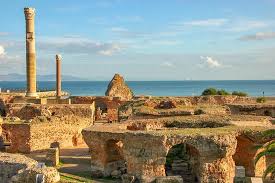
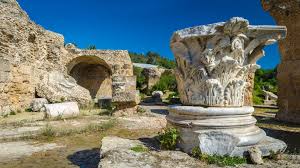
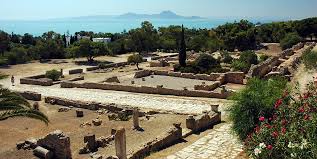
THE CARTHAGE:
Carthage, located near present-day Tunis in Tunisia, was a prominent Phoenician city-state that rose to power in the ancient Mediterranean world.
Founding and Early Growth
Tradition holds that Carthage was founded in 814 BCE by Phoenician settlers from Tyre, led by Queen Dido. The city's name, "Kart-hadasht," translates to "New City," distinguishing it from the older Phoenician settlement of Utica nearby.
Strategically situated on a promontory along the Tunisian coast, Carthage controlled vital maritime routes between Sicily and North Africa. This advantageous position facilitated its rapid development into a thriving port and trading hub, eventually evolving into a major Mediterranean power.
Rise to Power
By the end of the 7th century BCE, Carthage had become one of the leading commercial centers in the Western Mediterranean. Its influence extended over various territories, including parts of modern-day Morocco, Algeria, and Tunisia.
Punic Wars and Decline
Carthage's expansion brought it into conflict with the emerging Roman Republic, leading to the Punic Wars (264–146 BCE). Despite initial successes, Carthage was ultimately defeated by Rome. In 146 BCE, during the Third Punic War, the Romans destroyed Carthage, marking the end of its prominence.
Roman and Later Periods
Following its destruction, Carthage was rebuilt by the Romans and became a significant city in the Roman Empire. Over the centuries, it experienced various periods of decline and rebuilding, influenced by successive powers, including the Vandals and Byzantines.
Modern Significance
Today, the archaeological site of Carthage is a UNESCO World Heritage site, reflecting its historical importance. The ruins, including the Antonine Baths, Roman theater, and remnants of the ancient harbor, attract visitors worldwide, offering insights into the city's rich and complex history.